Cutting-edge technology has enabled a team of experts to build remote buoys and robot platforms incorporating miniaturised sensors. Able to identify pollution types and measure concentrations in large bodies of water, this represents an ingenious advance for environmental monitoring.
Feb 1st, 2013
Read more
 German deep-sea researchers and space travel technologists jointly develop robot systems for the exploration of extreme regions.
German deep-sea researchers and space travel technologists jointly develop robot systems for the exploration of extreme regions.
Jan 31st, 2013
Read more
Imagine an intelligent system managing the surgical tool sterilization process in a hospital - ensuring safe delivery of care, enabling new levels of hospital efficiency, and delivering with surgical accuracy all of the medical devices doctors need to perform life-saving procedures.
Jan 30th, 2013
Read more
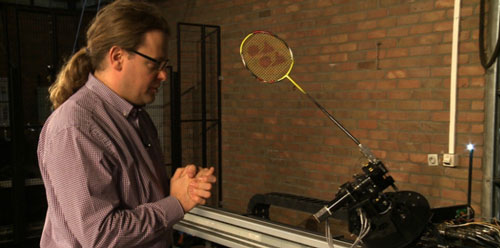 Researchers pioneered the development of the first robot ever to play badminton. But this robot is only a guinea pig to test a software application designed to optimise energy efficiency in machine design.
Researchers pioneered the development of the first robot ever to play badminton. But this robot is only a guinea pig to test a software application designed to optimise energy efficiency in machine design.
Jan 30th, 2013
Read more
By simulating 25,000 generations of evolution within computers, Cornell University engineering and robotics researchers have discovered why biological networks tend to be organized as modules - a finding that will lead to a deeper understanding of the evolution of complexity.
Jan 30th, 2013
Read more
The systems and methods described in the patent include a fabrication machine/method that fuses additive and subtractive manufacturing with in-situ component placement to provide completely autonomous all-in-one product manufacturing.
Jan 29th, 2013
Read more
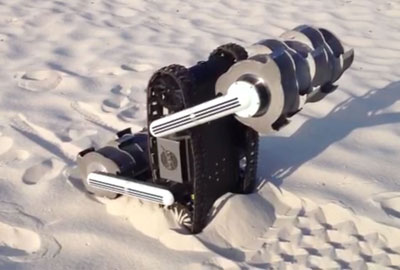 After decades of designing and operating robots full of scientific gear to study other worlds, NASA is working on a prototype that leaves the delicate instruments at home in exchange for a sturdy pair of diggers and the reliability and strength to work all day, every day for years.
After decades of designing and operating robots full of scientific gear to study other worlds, NASA is working on a prototype that leaves the delicate instruments at home in exchange for a sturdy pair of diggers and the reliability and strength to work all day, every day for years.
Jan 28th, 2013
Read more
Knifefish is a specialized Bluefin-21 UUV that is being developed for the Surface Mine Countermeasure Unmanned Underwater Vehicle program.
Jan 28th, 2013
Read more
 Distributed systems to hibernate in deep-sea capsules for years, wake up when commanded, and deploy to surface providing operational support and situational awareness.
Distributed systems to hibernate in deep-sea capsules for years, wake up when commanded, and deploy to surface providing operational support and situational awareness.
Jan 24th, 2013
Read more
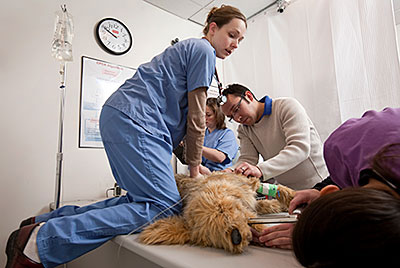 The world's first robotic dog simulator for veterinary training has evolved into the opening of a new simulation center at Cornell University's College of Veterinary Medicine.
The world's first robotic dog simulator for veterinary training has evolved into the opening of a new simulation center at Cornell University's College of Veterinary Medicine.
Jan 23rd, 2013
Read more
Adaptable to user demands, VALet has been designed to allow multiple hotel positioning for customizable, high density microplate movement and storage, which can increase productivity in a limited work space.
Jan 22nd, 2013
Read more
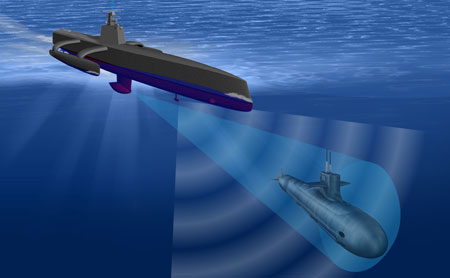 The Anti-Submarine Warfare (ASW) Continuous Trail Unmanned Vessel (ACTUV) is developing an unmanned vessel optimized to robustly track quiet diesel electric submarines.
The Anti-Submarine Warfare (ASW) Continuous Trail Unmanned Vessel (ACTUV) is developing an unmanned vessel optimized to robustly track quiet diesel electric submarines.
Jan 17th, 2013
Read more
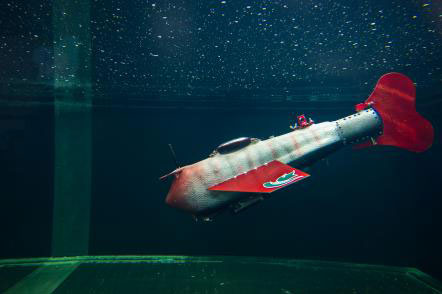 A high-tech robotic fish hatched at Michigan State University has a new look. A new skill. And a new name.
A high-tech robotic fish hatched at Michigan State University has a new look. A new skill. And a new name.
Jan 16th, 2013
Read more
Technology can help increase access to experts as use of neuromodulation grows.
Jan 16th, 2013
Read more
For some time now pop culture has painted a particular picture of robots. From Asimov's 'bots, to the Terminator - even the Transformers - the very concept of a robot has grown up next to these hugely popular sci-fi characters. So why aren't we seeing robots like these by now?
Jan 14th, 2013
Read more
Carnegie Mellon University has signed a five-year master agreement with one of the world's largest mining companies, London-based Anglo American PLC, to develop robotic technologies for mining.
Jan 12th, 2013
Read more
The computer engineer Susana Ferreiro has produced a thesis entitled 'Contributions towards the diagnosis and prognosis of industrial problems by means of Supervised Classification Techniques'.
Jan 11th, 2013
Read more
Did you ever wonder what Danny Carey would sound like if he had 4 arms? How about if Angus Young had 78 fingers? Imagine what Robert Trujillo would sound like if he was actually made of metal?
Jan 11th, 2013
Read more

 Subscribe to our Robotics, AI & SmartTech News feed
Subscribe to our Robotics, AI & SmartTech News feed





